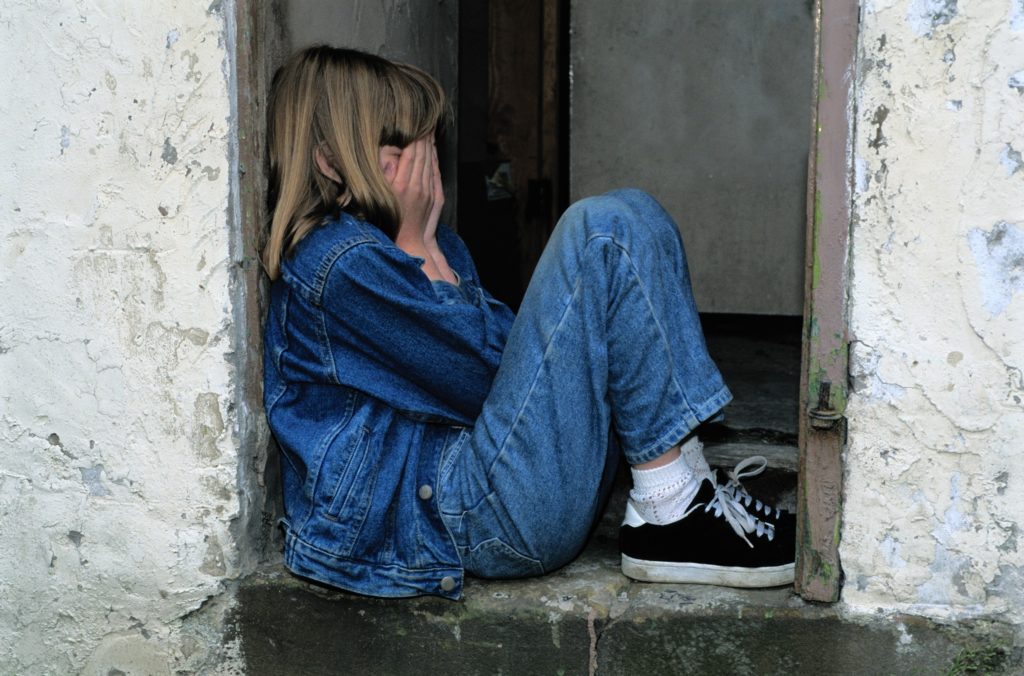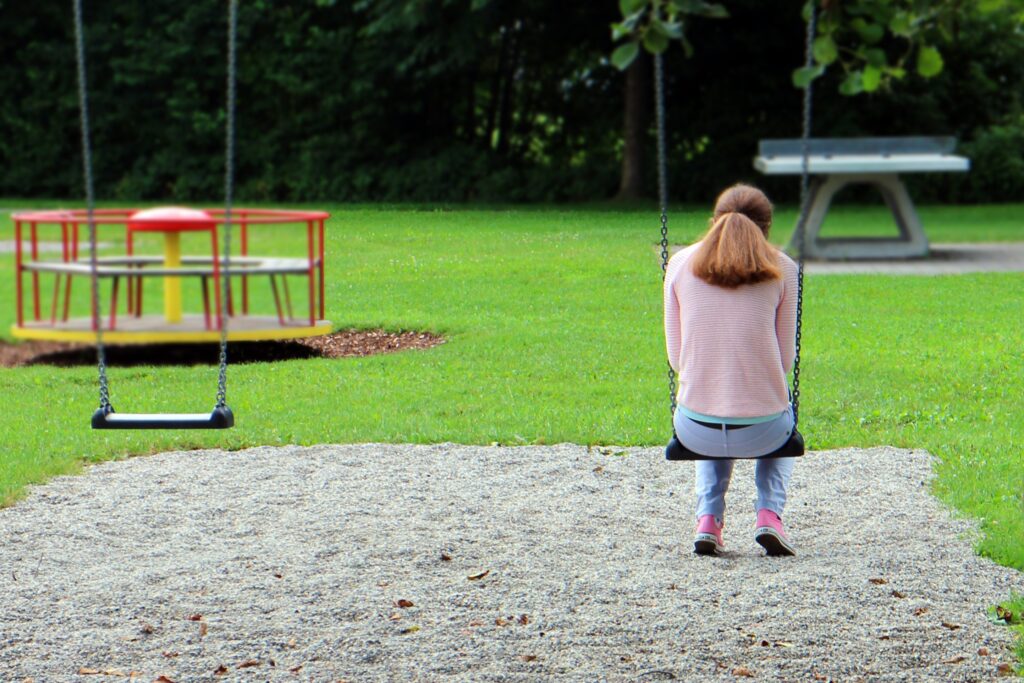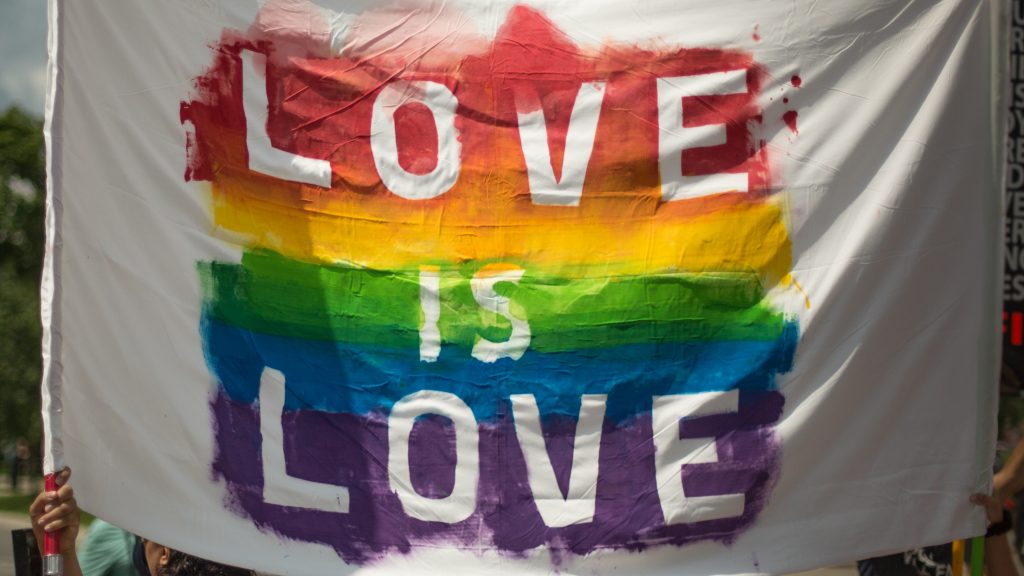How to spot the signs of potential abuse if you have concerns about a child or young adult…
Abuse in children and young adults can often be difficult to spot. You may have noticed things that make you feel uneasy and concerned, such as unexplained bruises or withdrawn behaviour.
Different Types Of Abuse
Abuse of a child can take many forms, from neglect of their personal, practical and emotional needs to domestic, sexual and physical abuse:
- Emotional Abuse
When an adult injures a child’s emotional well-being by assaulting them verbally and emotionally. This could be in the form of belittling or berating comments or isolating, ignoring or rejecting a child.
- Neglect
A failure to provide a child with the adequate materials they need. These include food, shelter, education, medical care, supervision and affection.
- Physical Abuse
This is when a child is deliberately physically injured or put at risk of harm by an adult or another person.
- Sexual Abuse
Sexual abuse covers any sexual activity with a child, from touching to intercourse, and exploitation or exposure to sexual content such as pornography. Grooming, sexting and online sexual exploitation is also classed as sexual abuse.
- Domestic Abuse
When a child feels frightened or threatened because of arguments or violence within the home.
Signs Of Abuse
Whether your concerns are about a family member or a child in your class, there are signs you can look out for. These can differ depending on how a young person is being abused – a victim of sexual assault, for example, could have different signs to someone who is being neglected. Signs of abuse to look out for can include:
- Running away or going missing.
- A reluctance to return to their home.
- Wearing baggy clothes or covering up their body, even if it’s warm, sunny weather.
- Changes to behaviour or personality. The child could be more withdrawn, anxious or even uncharacteristically aggressive.
- Lack of social skills.
- Frequently absent from school.
- Lack of supervision or parenting.
- Evidence of bruising or unexplained injuries.
- Inappropriate sexual behaviour or sexual knowledge beyond their age group.
- Low self-esteem and confidence.
- Poor hygiene and/or unwashed clothing.
- Taking food or hiding it for later.
- Taking money without permission.
- Lack of basic medical attention such as dental care.
You may also know a little about the young person’s background and have some concerns about their home situation. If you’re aware of a worrying family dynamic or problems within the parent/child relationship, these can also be warning signs that something is amiss. Of course, not every family issue is because of child abuse – there could be other factors at play.
What To Do Next
It can be difficult to know whether or not a child is definitely being abused but if you have concerns or have noticed worrying behaviour or situations, chances are, someone else has too. Other members of staff may have spotted worrying incidents, or the school might be keeping a close eye on the situation. The best thing to do for a child’s safety is to speak up if you think they are at risk.
Who To Contact
Child is in immediate danger:
If your concern for a child is immediate and serious, call 999 to report it to the police.
Child safety concerns:
To find your local children’s social care duty team, click here. They are available 24 hours a day. You can talk through your concerns and seek guidance as not all situations will need to be reported. You can also choose to remain anonymous, if you prefer.
You can also report any concerns about a child’s safety online here.








